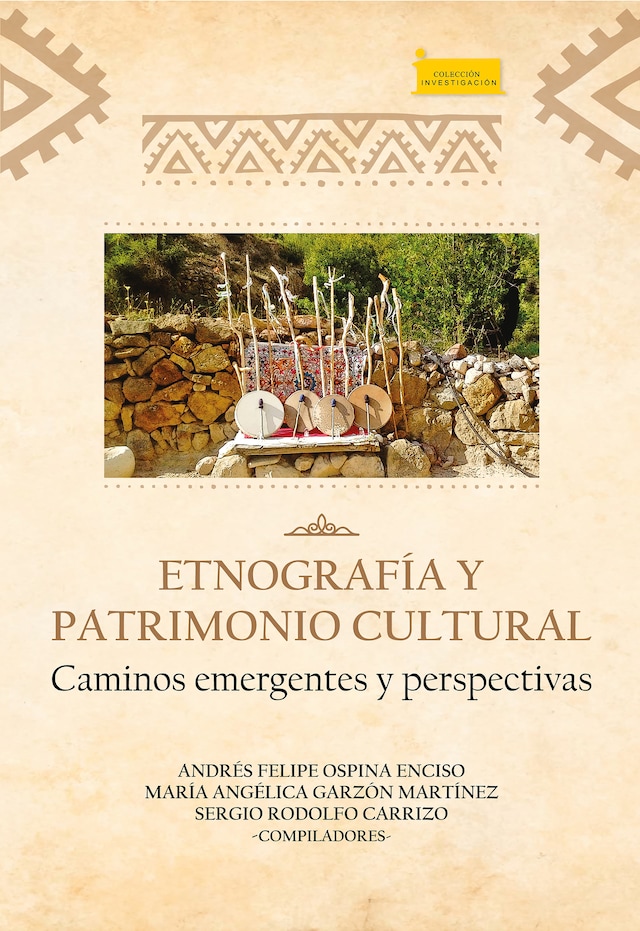
Etnografía y Patrimonio Cultural.
Caminos emergentes y perspectivas
Description of the book


